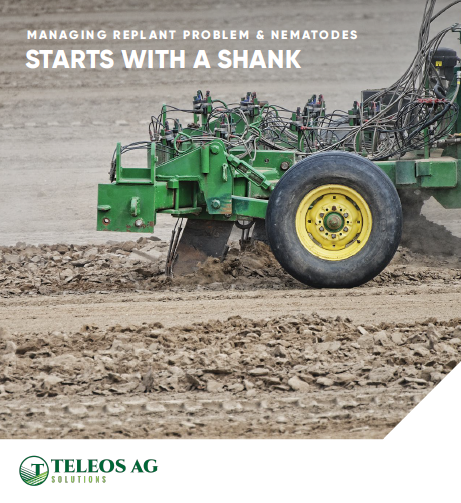Growers Talk About Using Weather Network System
“Everything is a tool, but when it comes to thinning, you need all the help you can get,” Ben Lerew of Lerew Orchards in York Springs, PA, said during a grower panel on NEWA, or the Network for Environment and Weather Applications, held during the Mid-Atlantic Fruit and Vegetable Conference in Hershey, PA.
He, along with Sam Boyer of Boyer Orchards in New Paris, PA, and Bruce Hollabaugh of Hollabaugh Bros., Inc., in Biglerville, PA, discussed their experience in the program and the benefits to having weather, fire blight potential, and carbohydrate thinning models that the system provides growers.
NEWA is a web-based resource for growers to share weather data. This information is collected, analyzed, and archived. Pest forecast models, fire blight incidence, soil moisture, soil temperature, as well as incorporation of Maryblyt and Cougarblight are also available as part of NEWA. The resource also logs leaf wetness, relative humidity, precipitation, solar radiation, and wind speed and direction. Growers can also track dew point and degree days.
NEWA is free for growers to access, however the weather information available uses the closest weather station in the network. Apples, grapes, onions, potatoes, tomatoes, and sweet corn.

A big part of interest in NEWA is Terence Robinson and Alan Lasko’s MaluSim Apple Carbohydrate model.
“It gives you recommendations (for thinning) based on weather forecasts,” says Lerew.
Hollabaugh sees NEWA as very helpful, providing figures that are much closer to real data. The station on his family farm provides readings of tree age, tree spacing, temperature, solar radiation, and more.
For Boyer, the scab model and fire blight tracking is a key component of the station. Although growers might be concerned about joining and installing the station, he assured the crowd that setup isn’t too difficult.
“If you can set up a wireless router, you can set this up,” he says.
Boyer also said that NEWA comes with excellent technical support if growers run into issues during installation or use. Lerew says maintenance is necessary on the station – it must be calibrated every two years.
Hollabaugh said that it took his family more time to pick a place for the station than it did to set up the actual device.
He advised growers interested in the NEWA station to consider a location that is a good representative of the overall conditions, and to be mindful of its placement near a building and to avoid placing the device in the path of sprayers – to assure the readings aren’t skewed.
Hollabaugh says NEWA is a good way to see trends on the farm and will learn more from it. But, he does caution growers just looking to access the NEWA site without a weather station.
“Your weather will be different than where the (nearest) station is,” he says.










